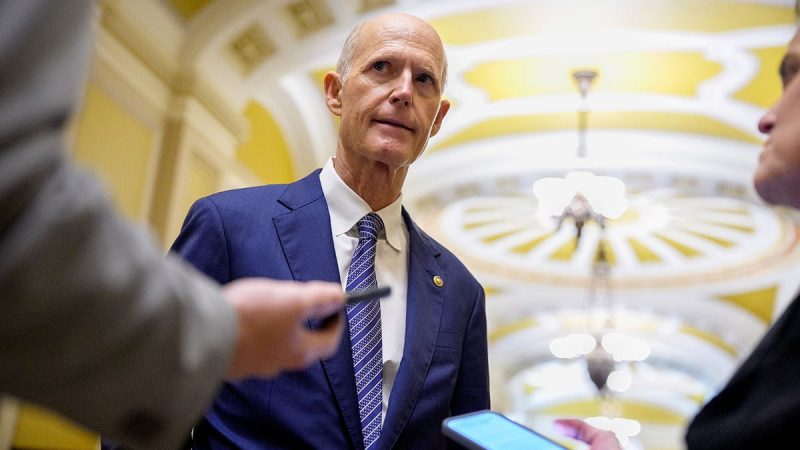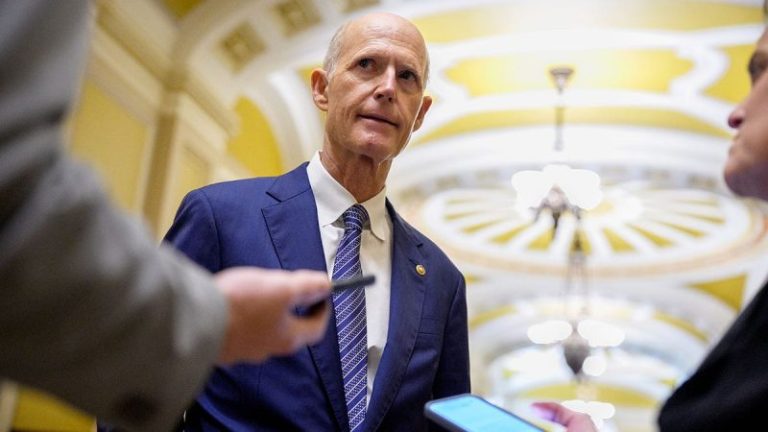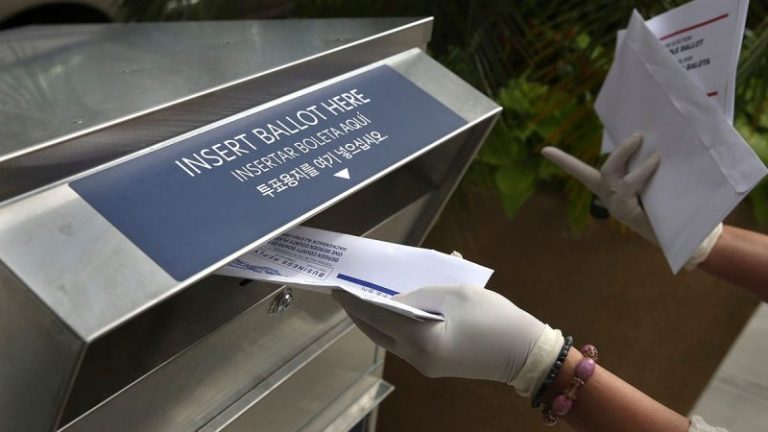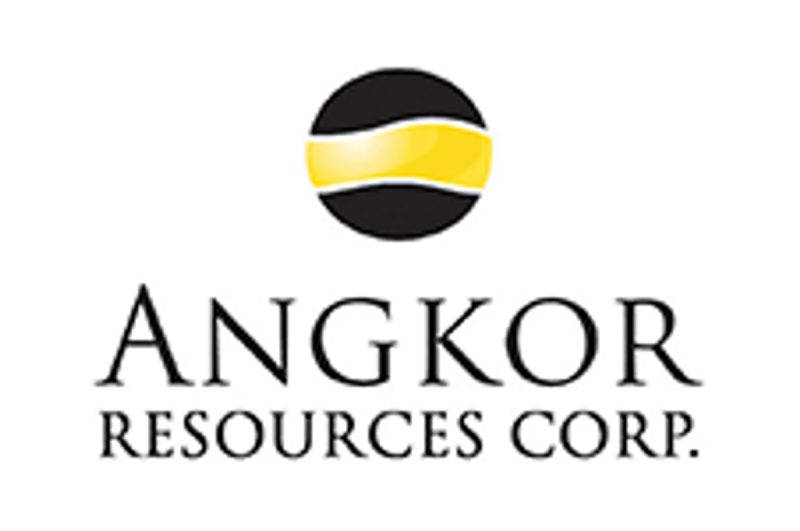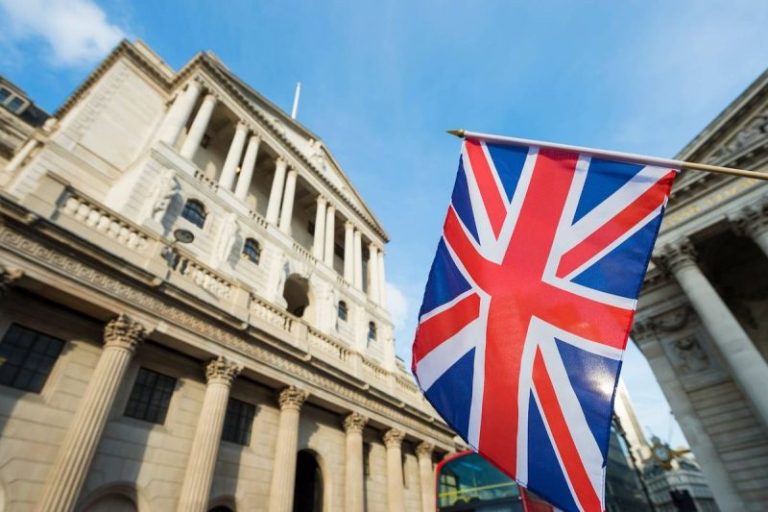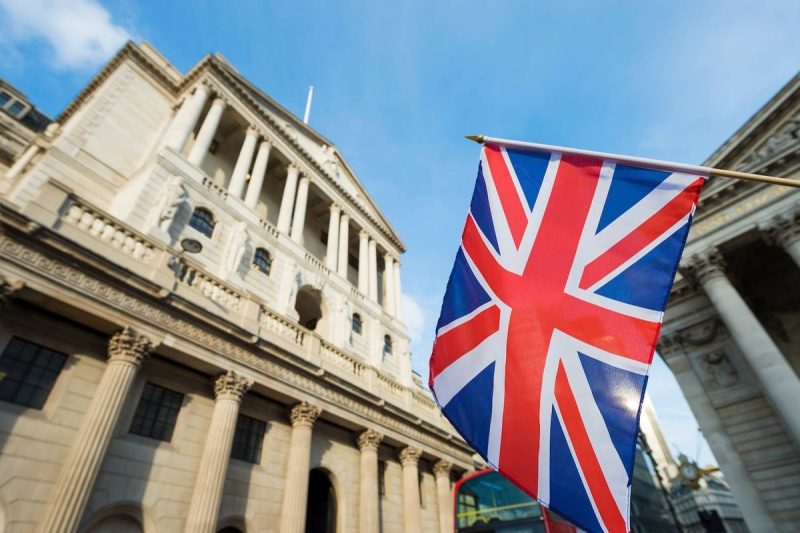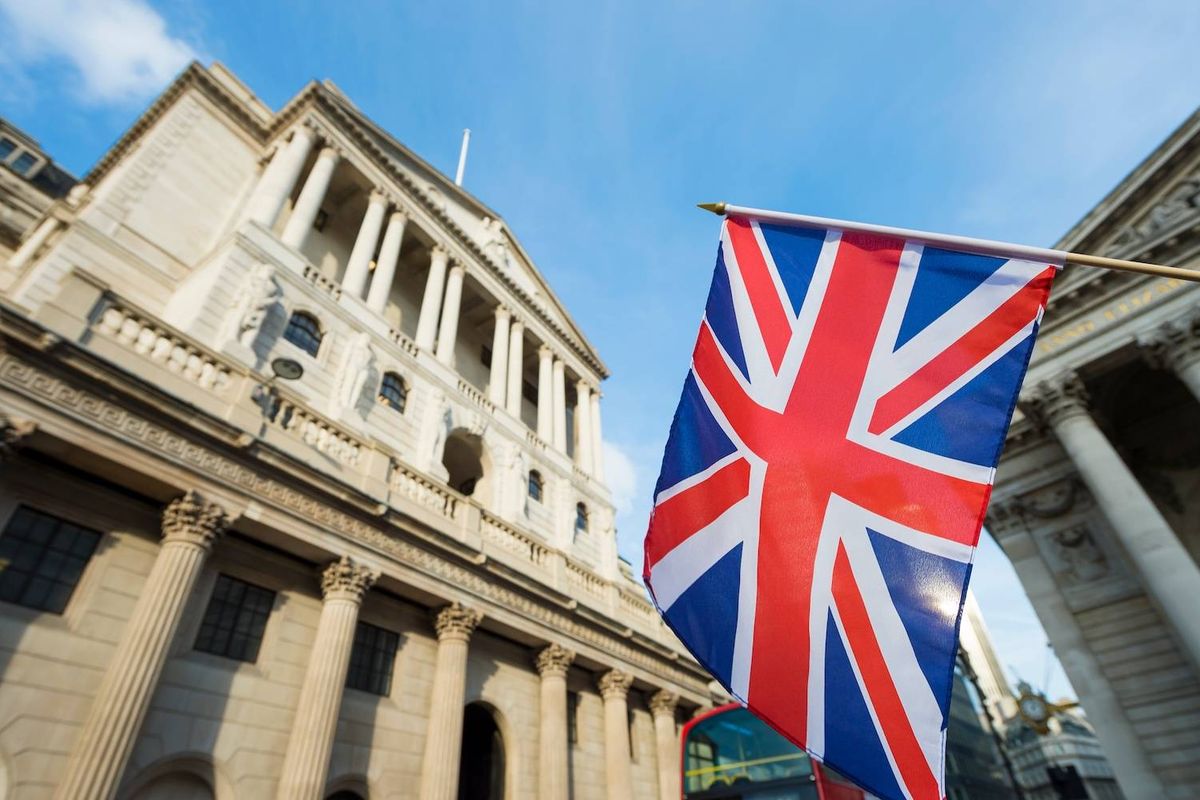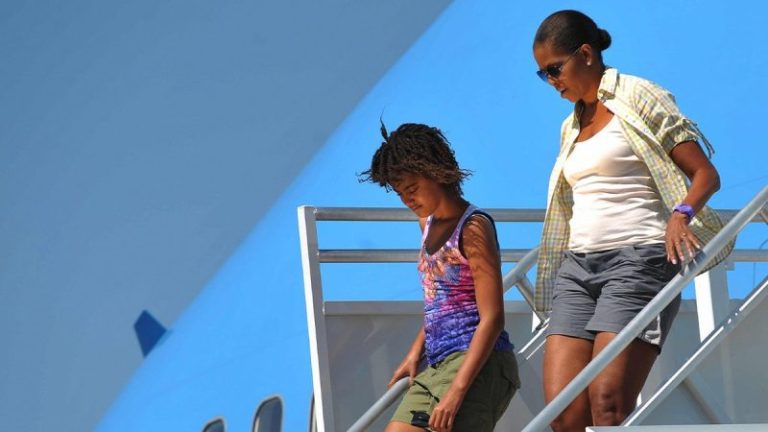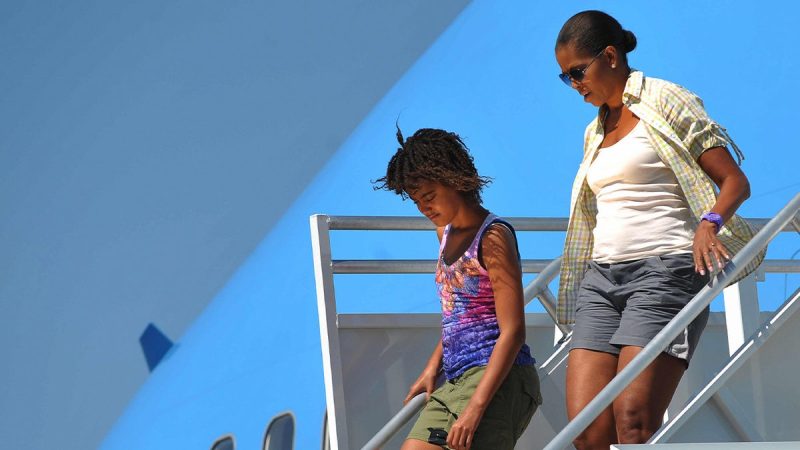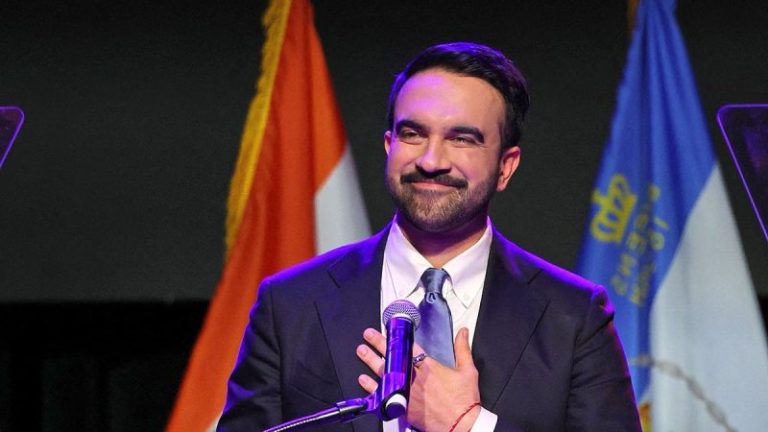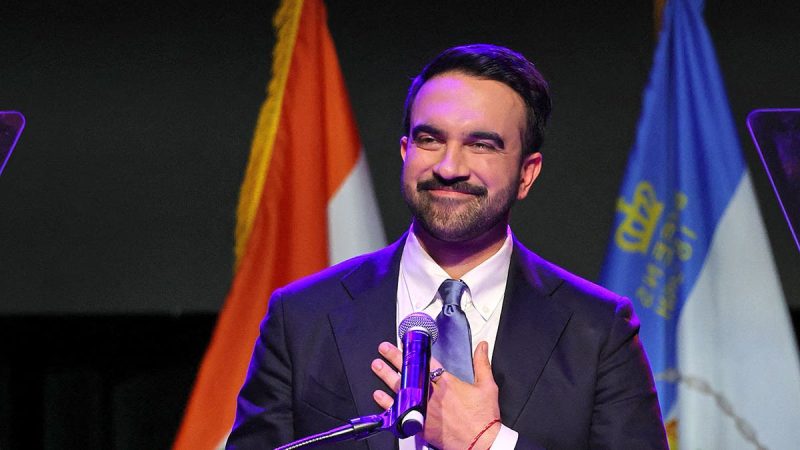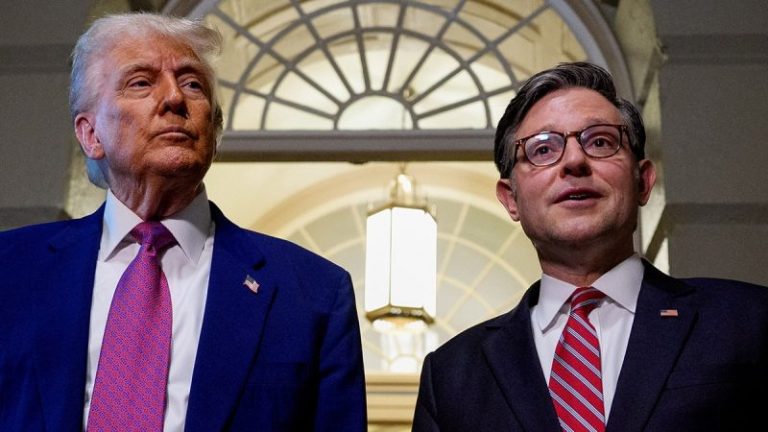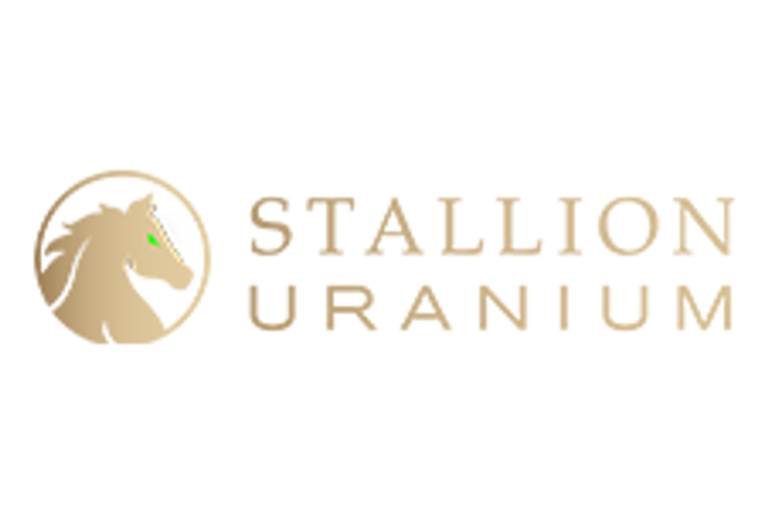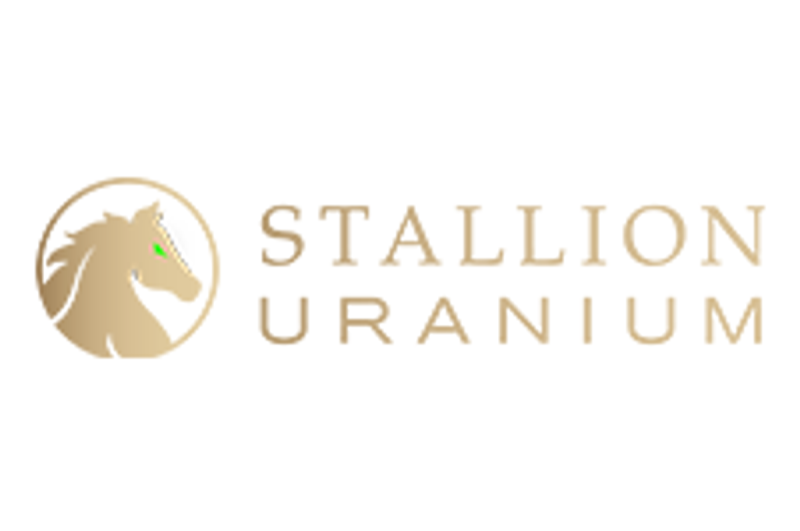The new North Canyon Zone is 1,500m north, and along strike from the historic Candy mine, and 950m north of previously reported surface sampling that returned up to 29.61 g/t gold, 2,215 g/t silver and 3.34% copper
Silver Dollar Resources Inc. (CSE: SLV,OTC:SLVDF) (OTCQX: SLVDF) (FSE: 4YW) (‘Silver Dollar’ or the ‘Company’) is pleased to report the latest surface sample assay results and receipt of a drill permit for its 100%-owned Nora property (the ‘Property’) in the state of Durango, Mexico.
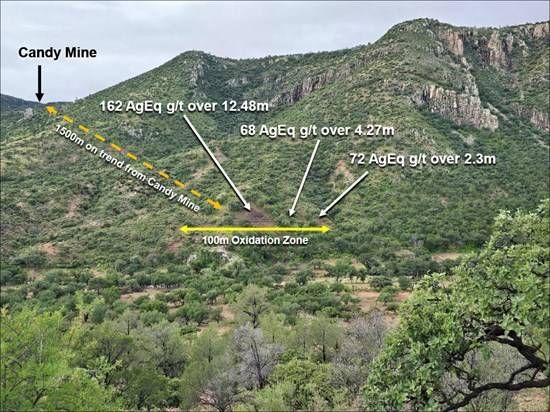
Photo 1: North Canyon, Looking SSW.
To view an enhanced version of this graphic, please visit:
https://silverdollarresources.com/images/Nora/North-Canyon-Zone.jpg
A new zone of mineralization named ‘North Canyon’ has been discovered 1,500 meters (m) north, and along strike from the historic Candy mine, and 950m north of previously reported sampling (see news release of April 16, 2024).
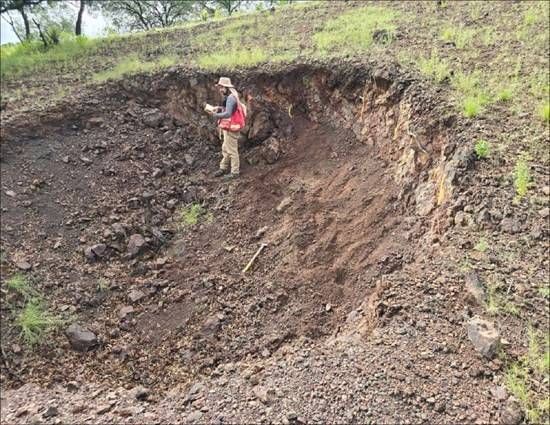
Photo 2: North Canyon, NOR-Z-08.
To view an enhanced version of this graphic, please visit:
https://silverdollarresources.com/images/Nora/North-Canyon-NOR-Z-08.jpg
Channel sampling of the Candy Vein projection returned assays of 162 grams per tonne (g/t) silver equivalent (AgEq) over 12.48m within an oxidation zone over 100m wide. Mineralization appears to be widely disseminated, with strong iron oxidation and manganese pervasive in the zone and locally concentrated along fractures of multiple orientations. Trace concentrations of galena have been identified within the oxide zone. Outcrop is only partially exposed along an old road cut, and in small pits. Three areas were contiguously channel sampled as if they were trenches, with average assays as follows.
| TRENCH |
INTERVAL m |
Au
g/t |
Ag
g/t |
Pb
% |
Zn
% |
AgEq
g/t |
| NOR-Z-08 |
12.48 |
0.02 |
39 |
0.39 |
2.28 |
162 |
| NOR-Z-09 |
4.27 |
0.01 |
27 |
0.13 |
0.76 |
68 |
| NOR-Z-10 |
2.3 |
0.01 |
46 |
0.12 |
0.43 |
72 |
Table 1: North Canyon Channel sample averages.
Silver equivalent is calculated using the following metal prices in USD: Au $1,750/oz, Ag $22/oz, Pb $1.25/lb, Zn $1.50/lb. Recoveries of Au 66%, Ag 93%, Pb 87%, Zn 84% historically reported from Pan American Silver’s La Colorada mine have been used in the AgEq calculation, and are assumed to be comparable to anticipated recoveries at Nora.
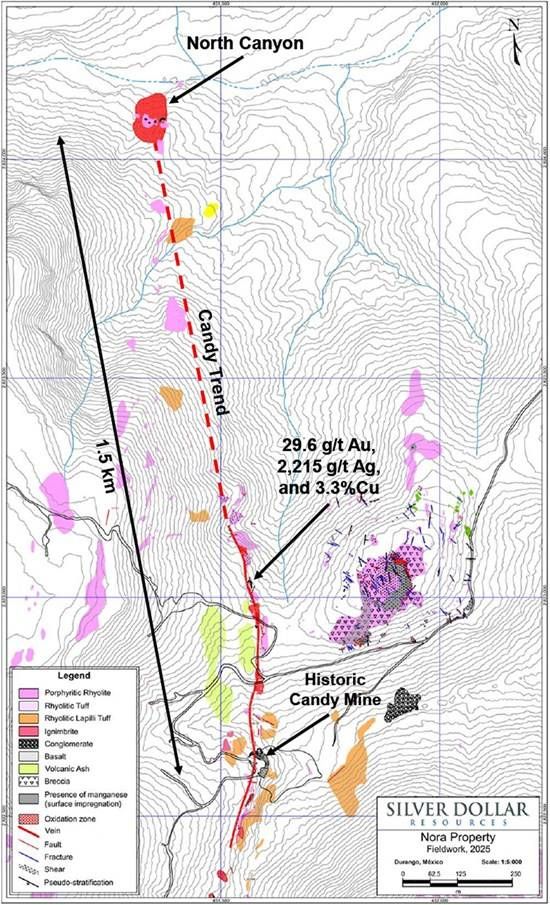
Figure 1: Nora property plan view with North Canyon location.
To view an enhanced version of this graphic, please visit:
https://silverdollarresources.com/images/Nora/North-Canyon_Candy-Trend_Planview.jpg
Trench
ID |
Sample |
Width
m |
Au
g/t |
Ag
g/t |
Pb
% |
Zn
% |
AgEq
g/t |
| NOR-Z-01 |
R-134 |
1.2 |
0.005 |
5 |
0.06 |
0.04 |
9 |
| NOR-Z-01 |
R-135 |
0.7 |
0.142 |
19 |
1.67 |
0.48 |
118 |
| NOR-Z-01 |
R-136 |
0.1 |
0.308 |
41 |
1.01 |
0.16 |
112 |
| NOR-Z-01 |
R-137 |
1.57 |
0.358 |
22 |
0.61 |
0.06 |
77 |
| NOR-Z-02 |
R-138 |
0.6 |
0.003 |
7 |
0.14 |
0.21 |
23 |
| NOR-Z-02 |
R-139 |
0.5 |
0.259 |
17 |
0.91 |
0.32 |
88 |
| NOR-Z-02 |
R-140 |
0.2 |
0.188 |
22 |
0.77 |
0.35 |
84 |
| NOR-Z-02 |
R-141 |
0.73 |
0.178 |
9 |
0.79 |
0.10 |
59 |
| NOR-Z-03 |
R-147 |
1.15 |
0.002 |
17 |
0.08 |
0.09 |
24 |
| NOR-Z-03 |
R-148 |
0.75 |
0.034 |
15 |
0.58 |
0.26 |
53 |
| NOR-Z-03 |
R-149 |
0.4 |
0.147 |
31 |
0.66 |
0.21 |
78 |
| NOR-Z-03 |
R-150 |
0.3 |
0.012 |
7 |
0.11 |
0.20 |
21 |
| NOR-Z-04 |
R-151 |
1.15 |
0.015 |
4 |
0.36 |
0.22 |
29 |
| NOR-Z-04 |
R-152 |
1.15 |
0.002 |
4 |
0.06 |
0.08 |
11 |
| NOR-Z-04 |
R-153 |
0.3 |
0.002 |
3 |
0.04 |
0.05 |
7 |
| NOR-Z-04 |
R-154 |
1 |
0.063 |
4 |
0.09 |
0.03 |
14 |
| NOR-Z-04 |
R-155 |
0.85 |
0.013 |
3 |
0.04 |
0.02 |
7 |
| NOR-Z-05 |
S/M |
1 |
n/a |
n/a |
n/a |
n/a |
n/a |
| NOR-Z-05 |
R-160 |
0.7 |
0.017 |
149 |
0.33 |
3.60 |
331 |
| NOR-Z-05 |
R-161 |
1.1 |
0.034 |
49 |
2.86 |
0.48 |
186 |
| NOR-Z-05 |
R-162 |
0.7 |
0.384 |
40 |
0.63 |
0.09 |
100 |
| NOR-Z-05 |
R-163 |
0.95 |
0.427 |
58 |
0.34 |
0.03 |
106 |
| NOR-Z-06 |
R-164 |
0.5 |
0.009 |
23 |
0.08 |
0.23 |
37 |
| NOR-Z-06 |
R-165 |
0.2 |
0.019 |
12 |
0.35 |
1.14 |
80 |
| NOR-Z-06 |
R-167 |
0.7 |
0.205 |
16 |
0.22 |
0.42 |
61 |
| NOR-Z-06 |
R-168 |
0.6 |
0.072 |
14 |
0.24 |
0.23 |
40 |
| NOR-Z-07 |
R-169 |
0.87 |
0.290 |
45 |
0.88 |
0.15 |
109 |
| NOR-Z-07 |
R-170 |
0.63 |
0.581 |
55 |
8.48 |
0.94 |
476 |
| NOR-Z-07 |
R-171 |
1.5 |
0.783 |
85 |
1.59 |
0.25 |
221 |
| NOR-Z-08 |
R-172 |
0.82 |
0.031 |
34 |
0.21 |
2.58 |
165 |
| NOR-Z-08 |
R-188 |
0.72 |
0.024 |
20 |
0.21 |
2.52 |
147 |
| NOR-Z-08 |
R-189 |
0.55 |
0.030 |
36 |
0.36 |
2.46 |
168 |
| NOR-Z-08 |
R-114 |
1.61 |
0.040 |
44 |
0.41 |
1.98 |
156 |
| NOR-Z-08 |
R-173 |
0.95 |
0.011 |
49 |
0.40 |
1.66 |
143 |
| NOR-Z-08 |
R-174 |
0.96 |
0.026 |
48 |
0.46 |
2.71 |
195 |
| NOR-Z-08 |
R-175 |
0.6 |
0.013 |
70 |
0.37 |
1.97 |
178 |
| NOR-Z-08 |
R-176 |
0.92 |
0.017 |
56 |
0.34 |
1.92 |
160 |
| NOR-Z-08 |
R-177 |
1.25 |
0.022 |
49 |
0.42 |
1.77 |
150 |
| NOR-Z-08 |
R-178 |
0.8 |
0.042 |
27 |
0.64 |
3.46 |
217 |
| NOR-Z-08 |
R-190 |
1 |
0.014 |
22 |
0.25 |
2.12 |
132 |
| NOR-Z-08 |
R-191 |
1.91 |
0.019 |
23 |
0.44 |
2.61 |
164 |
| NOR-Z-08 |
R.179 |
0.39 |
0.013 |
33 |
0.46 |
1.94 |
143 |
| NOR-Z-09 |
R-180 |
0.7 |
0.013 |
47 |
0.13 |
1.17 |
108 |
| NOR-Z-09 |
R-194 |
1.05 |
0.012 |
12 |
0.11 |
0.50 |
40 |
| NOR-Z-09 |
R-195 |
1.05 |
0.007 |
23 |
0.16 |
0.35 |
46 |
| NOR-Z-09 |
R-116 |
0.97 |
0.005 |
32 |
0.08 |
0,91 |
78 |
| NOR-Z-09 |
R-181 |
0.5 |
0.007 |
29 |
0.20 |
1.32 |
99 |
| NOR-Z-10 |
R-196 |
0.6 |
0.007 |
23 |
0.16 |
0.35 |
46 |
| NOR-Z-10 |
R-182 |
0.3 |
0.010 |
61 |
0.20 |
0.47 |
92 |
| NOR-Z-10 |
R-197 |
0.7 |
0.008 |
55 |
0.09 |
0.44 |
79 |
| NOR-Z-10 |
R-198 |
0.7 |
0.008 |
52 |
0.07 |
0.46 |
77 |
Table 2: North Canyon Assay Table.
Procedure, quality assurance/quality control and data verification:
All rock samples were collected, described, photographed, and bagged on-site. The samples were delivered by Silver Dollar staff to ActLabs in Zacatecas, Mexico for analysis. ActLabs is ISO 9001:2015 certified. Soil samples were screened to -80 mesh at the lab, prior to analysis. Gold is analyzed by a 30g Fire Assay with AA (atomic absorption spectroscopy) finish, then gravimetric finish if greater than 10ppm Gold. Silver and 34 other elements were analyzed using a four-acid digestion with an ICP-OES (Inductively Coupled Plasma Optical Emission spectroscopy) finish. Silver, lead, zinc, and copper over limits were re-assayed using an ore-grade four-acid digestion with ICP-AES (Inductively coupled plasma atomic emission spectroscopy) finish. Control samples comprising certified reference samples and blank samples were systematically inserted into the sample stream and analyzed as part of the Company’s quality assurance and quality control protocol.
‘We are encouraged by the discovery of the most widespread mineralization found to date on the Nora Property,’ said Greg Lytle, President of Silver Dollar. ‘We have mobilized a crew to begin follow-up trenching, sampling and detailed mapping of the North Canyon Zone. The objective is to expand on and gain a better understanding of this new zone of disseminated mineralization.’
The drill permit Silver Dollar received is valid for three years. It allows for the repair of access roads and the building of up to 18 drill pads on the Property. The Company expects to provide a detailed drilling plan when priority targets have been identified and fully delineated.
About the Nora Property:
Silver Dollar acquired a 100% interest in the Nora Ag-Au property (the ‘Property’) from Canasil Resources, subject to a 2% net smelter returns royalty (See news release of February 8, 2024).
Located in the Eastern Sierra Madre sub-province in the transition to the high plateau of Mexico, the Property lies centrally within the ‘Silver Trend’ that runs from the northwest to the southeast through Durango State (See location map). Significant deposits in the region include Endeavour Silver’s Guanaceví mine and Fresnillo’s San Julián mine on-trend to the northwest, with Endeavour Silver’s Pitarrilla project approximately 50 kilometers (km) to the east. Pitarrilla is one of the largest undeveloped silver deposits in the world and was discovered by Perry Durning and Frank (Bud) Hillemeyer, Silver Dollar’s technical advisors.
The Property is located approximately 200 km north-northwest of the city of Durango, with excellent year-round access via Federal highway, paved road, and local dirt roads. Local infrastructure is available in the towns of Tepehuanes and Santa Maria del Oro and the city of Santiago Papasquiaro, all within 50km of the Property.
Dale Moore, P.Geo., an independent Qualified Person (QP) as defined in National Instrument 43-101, has reviewed and approved the technical contents of this news release on behalf of the Company. The QP and the Company have not completed sufficient work to verify the information on the Nora property, particularly regarding historical exploration, neighbouring companies, and government geological work.
About Silver Dollar Resources Inc.
Silver Dollar is a dynamic mineral exploration company focused on two of North America’s premier mining regions: Idaho’s prolific Silver Valley and the Durango-Zacatecas silver-gold belt. Our portfolio includes the advanced-stage Ranger-Page and La Joya projects, as well as the early-stage Nora project. The Company’s financial backers include renowned mining investor Eric Sprott, our largest shareholder. Silver Dollar’s management team is committed to an aggressive growth strategy and is actively reviewing potential acquisitions with a focus on drill-ready projects in mining-friendly jurisdictions.
For additional information, you can visit our website at silverdollarresources.com, download our investor presentation, and follow us on X at x.com/SilverDollarRes.
ON BEHALF OF THE BOARD
Signed ‘Gregory Lytle’
Gregory Lytle,
President, CEO & Director
Silver Dollar Resources Inc.
Direct line: (604) 839-6946
Email: greg@silverdollarresources.com
179 – 2945 Jacklin Road, Suite 416
Victoria, BC, V9B 6J9
Forward-Looking Statements:
This news release may contain ‘forward-looking statements.’ Forward-looking statements involve known and unknown risks, uncertainties, assumptions, and other factors that may cause the actual results, performance or achievements of the Company to be materially different from any future results, performance or achievements expressed or implied by the forward-looking statements. Any forward-looking statement speaks only as of the date of this news release and, except as may be required by applicable securities laws, the Company disclaims any intent or obligation to update any forward-looking statement, whether as a result of new information, future events or results or otherwise.
The Canadian Securities Exchange (operated by CNSX Markets Inc.) has neither approved nor disapproved of the contents of this news release.
To view the source version of this press release, please visit https://www.newsfilecorp.com/release/274093


